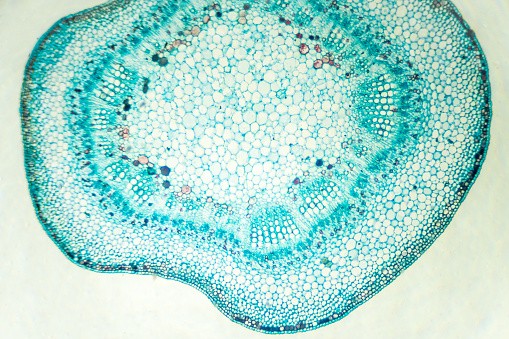United Kingdom-Bristol University's researchers have taken a major leap in synthetic biology by creating a system that performs key functions of a living cell, that includes generating energy and expressing genes.
The Bristol-led team constructed the cell and even transformed it from a spherical shape into a more natural amoeba-like form over the first 48 hours of "existence," indicating that the proto-cytoskeletal filament was working or, as the scientists put it, were "structurally dynamic over extended time scales."
In the research abstract published in Nature Journal, building something close to what they might think is alive is not as easy as it seems. The fact that the simplest form of organisms relies on countless biochemical operations involves mind-bending complex machinery to grow and replicate, the researchers added.
Bottom-Up Engineering of the Synthetic Cells
The group of scientists has previously set their attention on getting artificial cells to perform a single purpose, such as gene expression, ribozyme activity, or enzyme catalysis. If they crack the code to custom-build and program synthetic cells capable of mimicking life more closely, it can create a wealth of opportunities in everything from manufacturing to medicine.
Some engineering works focus on redesigning the blueprints themselves, and some focus on investigating ways to lessen existing cells to scraps that can then be reconstructed into something relatively uncommon, according to Science Alert.
The scientists used two bacterial colonies for parts called Escherichia coli and Pseudomonas aeruginosa to perform the bottom-up engineering.
The two bacterias were mixed with empty microdroplets in a viscous liquid. One population was captured inside the droplets, and the other was trapped at the droplet surface.

Microscopic view of stem of cotton
ALSO READ: World's First Synthetic Embryo Grows Without Sperm, Egg Cell, and Uterus
Synthetic Cell Development
The researchers then burst open the bacteria membrane by bathing the colonies in its lysozyme-an enzyme-and melittin, a polypeptide that comes from honeybee's venom. The said bacteria spilled their contents, which are captured by the droplets to create membrane-coated protocells.
Chemist Can Xu, the first author of the study, said that the living-material assembly approach opens an opportunity for the bottom-up construction of symbiotic living or synthetic cell construction.
University of Bristol scientists demonstrated that the synthetic cells were capable of complex processing, such as translation and transcription of genes and production of energy storage molecules-ATP-through glycolysis.
Chemist Xu added that using synthetic bacteria, it is possible to fabricate complex modules for the development in therapeutic and diagnostic areas of synthetic biology as well as in biotechnology and biomanufacturing in general.
This kind of synthetic cell technology, in the future, can be utilized to improve ethanol production for food processing and biofuels.
With the combined knowledge based on advanced models of basic biology, the researchers can have trials of some structures while redesigning others completely to create whole new systems.
Synthetic cells could be developed to photosynthesize like purple bacteria or can generate energy from chemicals as sulfate-reducing bacteria does.
The researchers said in the published journal that they expect the methodology to be responsive to high stages of programmability.
RELATED ARTICLE: Synthetic Skin Avails The Sense Of Touch With The Solar-Powered Cells:Great Breakthrough For Prostheses
Check out more news and information about Medicine & Health in Science Times.














